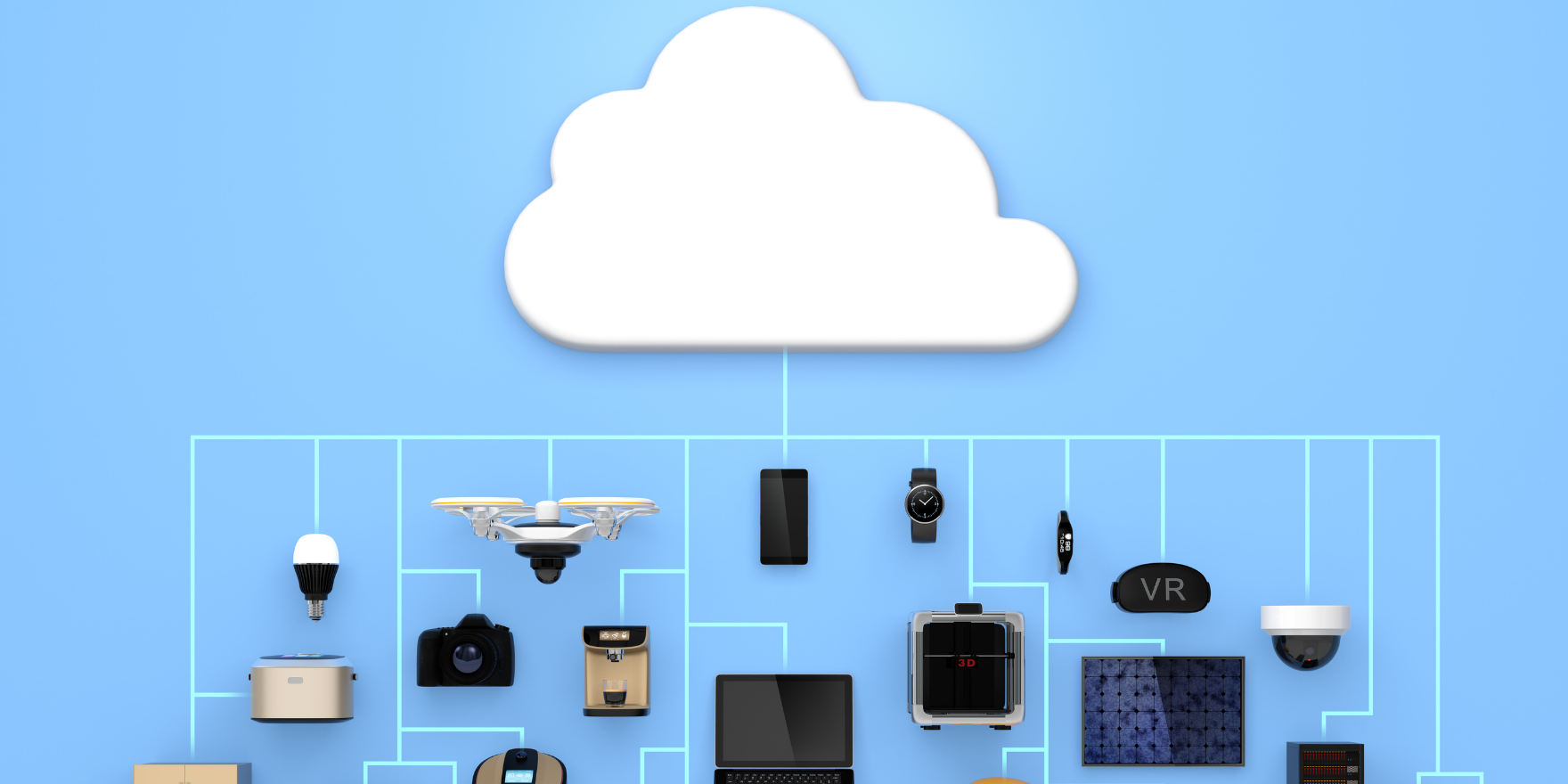This article looks to demystify some of the tech babble around the benefits of cloud for healthcare, explores what we mean by AI, IoT and how these can support clinical decisions.
My next article, which again looks to demystify some of the tech babble around the benefits of cloud for healthcare, explores what we mean by AI, IoT and how these can support clinical decisions.
Firstly, what do these terms actually mean:
Artificial intelligence:
Artificial Intelligence, or AI, refers to computer programs that can think, work and make decisions similarly to humans. The uses are broad, but are already well known to us today.
Saying ‘Hey Siri’ or ‘OK Google’ brings your phones AI assistant to life. Plenty of services use AI in a more subtle way, such as Netflix recommending your next show to binge-watch.
In healthcare, AI is often used for voice recognition software such as Dragon to convert doctors speech into text without typing. Clinical decision support tools such as UpToDate by Wolters Kluwer are also a form of AI, interpreting health data to provide clinicians with information to support their decisions.
Machine Learning:
Machine learning is the process AI software goes through to improve automatically through experience, much like we humans learn from our daily experiences.
Internet of Things:
The internet of things, or IoT, refers to physical objects like patient devices that are fitted with sensors to collect and send data over the internet.

Some examples in the home are Amazon Alexa speakers that can turn off your lights, smart scales that send your weight to your phone, or Fitbits that send your daily steps to an app.
Devices like Fitbits and Apple watches are now overlapping into healthcare as they provide health data such as activity levels and heart rates. But more medical focussed devices such as the TGA approved pulse oximeters, blood pressure cuffs and blood glucose monitors are widely available to use at home as well.
Remote Monitoring:
In a healthcare context, remote monitoring means gathering patient data outside of the traditional bricks and mortar setting, such as the GP clinic or outpatient department.
This includes data from IoT devices and also includes software on smartphones that do not require physical devices, for example a simple mood diary for mental health patients like Innowell.
What does this have to do with the Cloud?
These exciting uses of AI and the Internet of Things are all reliant on being able to send the data they collect to the clinicians providing care. This is only possible in real time thanks to Cloud EMRs, such as MediRecords, that pull the data together in one place.
I explored this ‘interoperability’ of services in my previous explainer article here.
What are some examples in Australian Healthcare?
There are already a range of products and services available in Australia that exist to help clinicians provide better patient care.
iHealth have developed a range of IoT devices designed to help patients monitor themselves at home, including Wireless Pulse Oximeters, Thermometers, Blood Pressure Monitors, Scales and Blood Glucose Monitors.
These share the data they collect with the patient’s smartphone via Bluetooth, which is then shared with the patient’s cloud based medical record such as MediRecords.
iHealth products are approved by the Therapeutic Goods Administration (TGA).
ResApp is a smartphone app which they say can diagnose conditions such as pneumonia, asthma and sleep apnoea just through listening to a patient cough using their phones microphone.
And PainChek have developed software that detects if a non-verbal patient is in pain via a smartphone’s camera. This uses AI to read the patients’ facial expression, allowing clinicians to ease non-verbal patients’ suffering.
These are just three of many great examples from within Australia, demonstrating that Australia is at the forefront of innovation in AI technology.
How can AI and the IoT Improve Healthcare in Practice?
This is best explained in a theoretical example: a patient suffering from a chronic respiratory illness.
From the examples above this patient could monitor themselves periodically using an iHealth Wireless Pulse Oximeter (IoT), to ensure they were still receiving enough oxygen in their blood.
This data is sent to their phone via Bluetooth, which then sends the data to their cloud EHR, for example MediRecords. A dashboard could be used within MediRecords to alert clinicians of patients who may need support.
A product like ResApp could be used to provide the clinicians with additional clinical decision support in the absence of a face to face appointment which is not always possible.
Where a clinician is concerned about a patient, they can set up an appropriate intervention.
AI used this way supports infection control management in treating respiratory illnesses. This is just one theoretical use case. The range and capabilities of medical AI and IoT devices means similar methods of remote monitoring and treatment are available for a range of conditions.
Michelle O’Brien is Head of Strategy at MediRecords.


